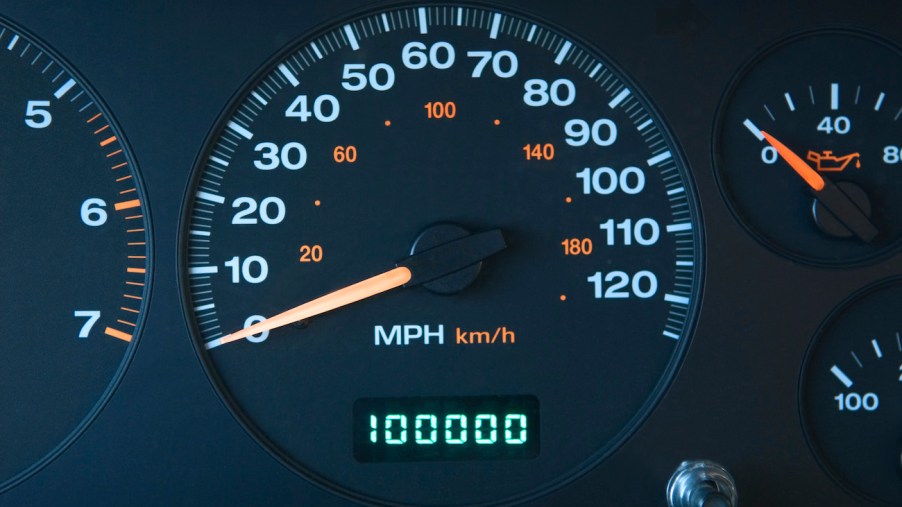
Is it Better to Buy a Newer Car With High Mileage or an Older Car With Low Mileage?
If your current car is getting long in the tooth, you may be kicking around the idea of buying a newer one with higher mileage. Despite the extra ticks on the clock, the thought of updated technology and less maintenance could be key deciding factors when going this route. However, if you purchased an older car with lower mileage, you could save yourself some money. In this case, which option is a better choice?
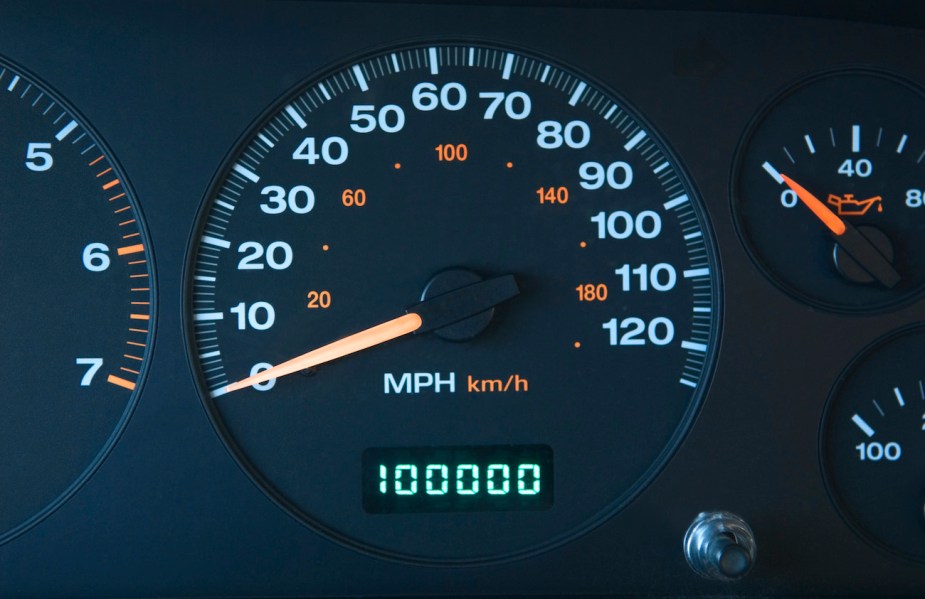
Is buying an older car with low mileage right for you?
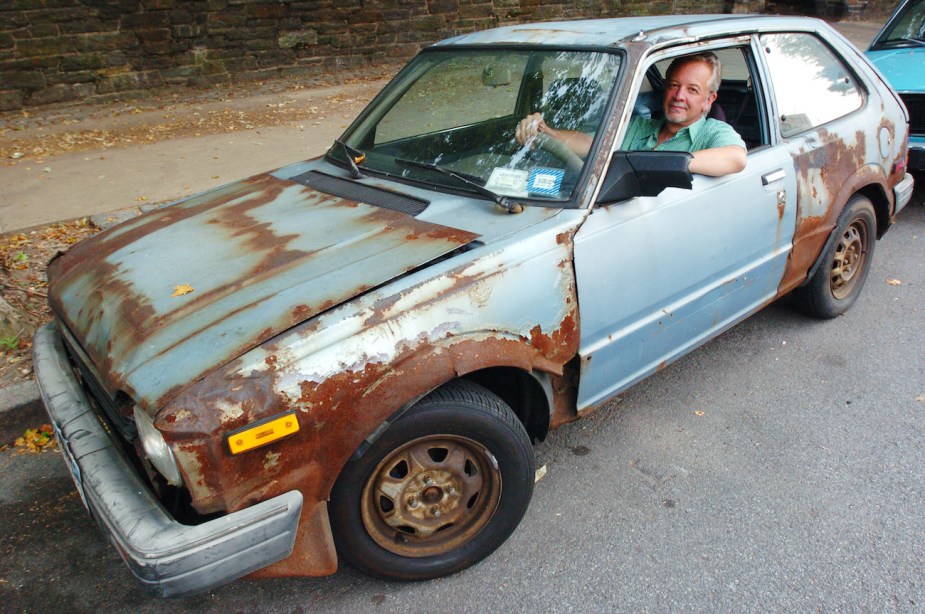
Getting an older car could be right for you if its history checks out. In reality, it doesn’t matter how many miles are on the car’s odometer so long as it is well cared for.
An older car with low mileage could mean that it was driven 10,000 miles per year for 15 years, equating to 150,000 miles on the odometer. But it could also mean that the car was driven for only 5,000 miles per year for 15 years, which means it only has 75,000 miles on the clock.
Either way, if you’re buying an older car with lower mileage, it’s important to learn as much as possible about the car’s history, reports Instamotor. In reality, it doesn’t matter if the 15-year-old car only has 75,000 miles on it if those miles were tacked on by short, hard drives. In that case, there’s a chance the car could need some repairs 15,000 miles down the road.
Conversely, if a car has 150,000 miles on the odometer and it was driven through 15 years of steady highway cruising with all of its routine maintenance done, you may not have to worry about it too much in the future.
One way to find out is to obtain a vehicle history report from Carfax or Autocheck. Also, it could be especially helpful if the previous owner had kept meticulous records of the car’s maintenance history.
Is buying a newer car with higher miles a better idea?
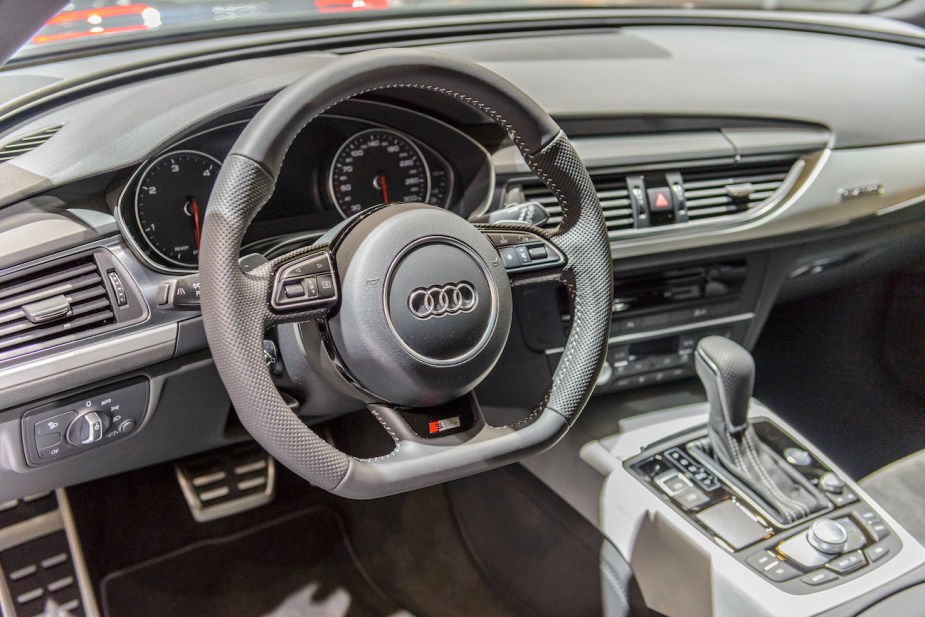
A newer car with higher miles could have its own set of issues. For example, if you’re looking at a three-year-old car with 60,000 miles on the odometer, that’s an average of 20,000 miles per year. Are those hard-earned short miles or graceful highway cruising miles? Chances are, they are the latter, which means you’ll be able to squeeze a lot more out of it
However, if the car has gone through 20,000 miles of bumper-to-bumper traffic every year, there’s a chance that it could have dry plastic pieces in the engine bay or premature engine and transmission wear. Either way, it’s important to check the car’s history report to learn what maintenance has been done to it.
Which type of car is the better buy? Newer or older?
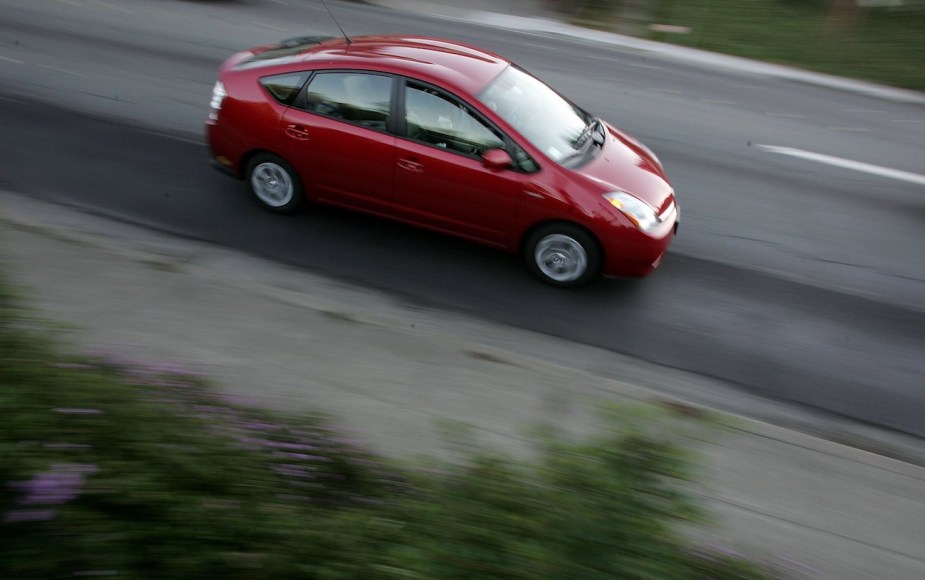
The ultimate answer is: It depends. No two used cars are the same, which means that if you put two identical used cars together with the same mileage, one could be in better shape than the other.
At the end of the day, a newer car with high miles could have the same potential drawbacks as an older with lower miles. If anything, we would suggest buying a newer car with the lowest mileage that your budget can afford. As long as its history report and pre-purchase inspection check out.



